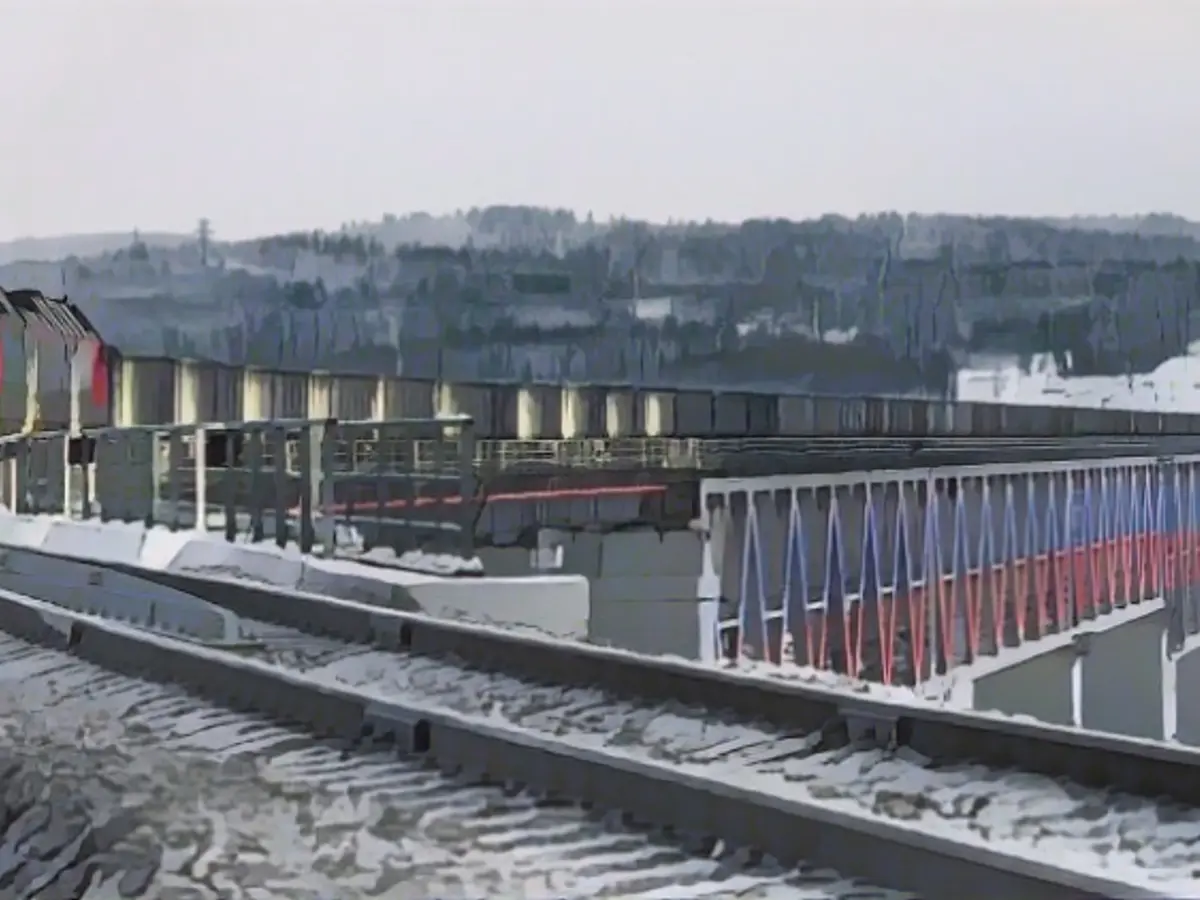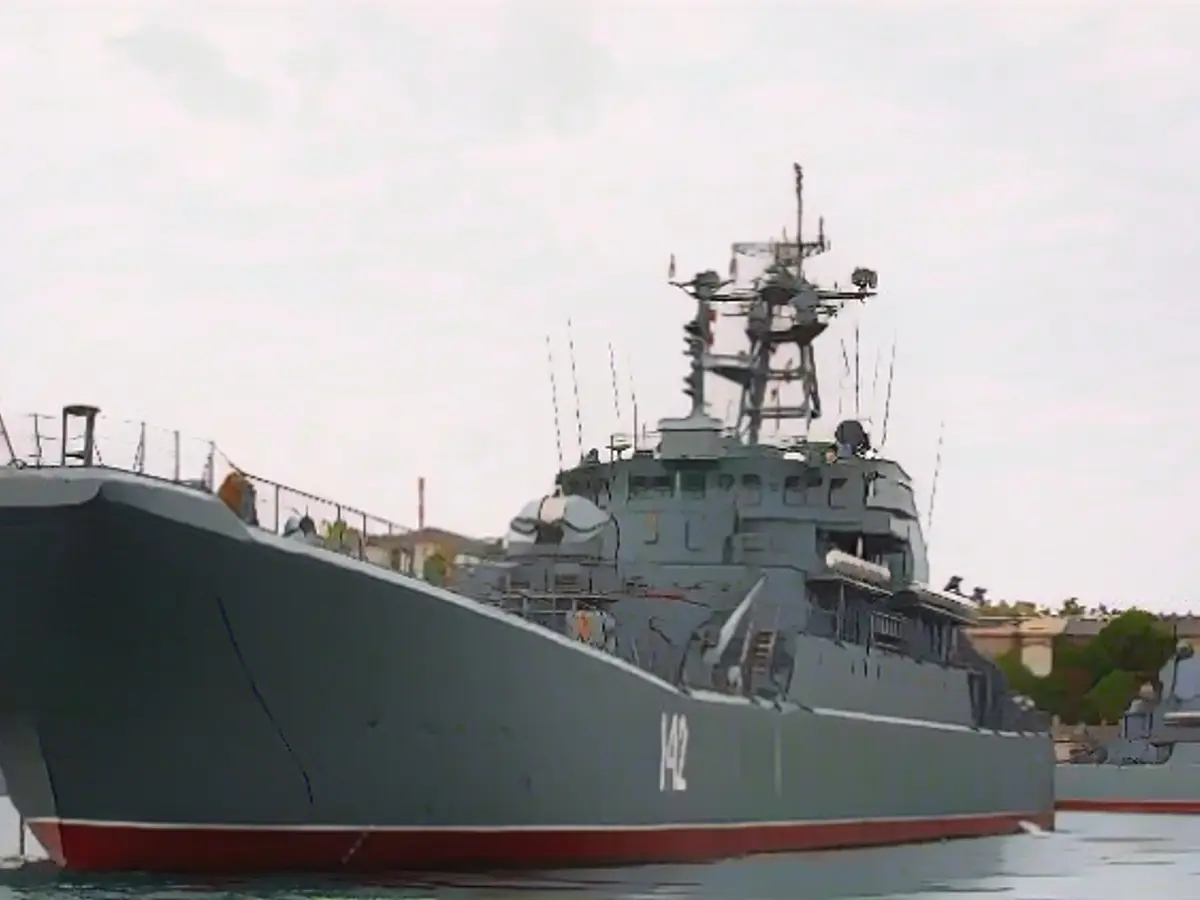Putin Unveils Railroad Plans to Boost Russian Economy
Vladimir Putin aims to invigorate the Russian economy with a major infrastructure push, introducing several new railroad lines during a congress. These projects, as reported by Russian business newspaper "Wedemosti," have the potential to open up regions in the Far East, India, and even contested Ukrainian territories.
Long-Term Goals: High-Speed Railways and Connections
Putin expressed his desire to build high-speed railroad lines to Luhansk and Donetsk, located in the annexed Ukrainian territories, according to the newspaper. Additionally, plans to connect with the so-called Novorossiya region (New Russia) in Ukraine, which includes occupied zones like Kherson and Zaporizhia, have been proposed.
Putin's justification for these projects focuses on the reliability of Russian railways. As the article explains, the railroads presently manage 87% of freight transport, about a third of passenger traffic, and move over a billion individuals annually. The railroads are essential to Russia's military efforts and sustain the weapons industry with necessary raw materials and components. Moreover, Russian Railways and other companies have successfully adapted their logistics to bypass sanctions and create new routes to the Far East, north, and south of the country.
Speed and Connectivity: Siberia, the Arctic, and Beyond
Putin's railroad projects extend to linking 80% of the Russian population (111 million Russians) to the high-speed network, with plans to develop additional routes beyond the annexed Ukrainian territories. This includes extending the north-south corridor between Russian ports on the Baltic Sea and the polar city of Murmansk with ports on the coast of the Persian Gulf and Indian Ocean.
To achieve this goal, Putin announced the construction of a seamless rail link between Murmansk and Bandar Abbas, Iran, which would significantly reduce the current 15-day cargo transit time from Murmansk to India by a factor of four. More than that, Putin promised the development of a north-south connection that would pass through the Urals and Siberia and link Arctic regions, such as the Yamal peninsula, with China and Mongolia via the Trans-Siberian Railway. A further corridor from the Arctic to the south in the Far East is also planned.
Promoting Domestic Industry and Economic Growth
Russian Railways has become a major customer of domestic engineering, industry, the construction complex, and vocational training, Putin said at the congress. Over the past 20 years, the company has purchased over 9,000 domestic locomotives, with more than 700 of the latest mainline diesel locomotives already in operation. These investments in the railroad sector aim to stimulate domestic growth and offset the effects of Western sanctions.
Putin's ambitious railroad plans, while meeting some criticism and ongoing conflict in Donbass, have the potential to boost the Russian economy, reduce travel times, and improve international connections.
Sources:
Noteworthy Insights
- Russia's railroad infrastructure is facing numerous challenges, including declining speeds and increased trade disruptions due to the shift in trade to Asia.
- The current state of Russian railways is affecting both domestic and foreign trade, making transportation costs higher.
- Russia's economic dependence on China has grown due to the Ukraine war and sanctions, but inefficiencies in its rail infrastructure may hinder its ability to capitalize on this relationship effectively.
- Tensions between Russia and Europe have been exacerbated by the decline in rail speeds and the ongoing conflict in Ukraine, with European countries expressing concern about potential advantages that may compromise Ukraine's sovereignty and security.








